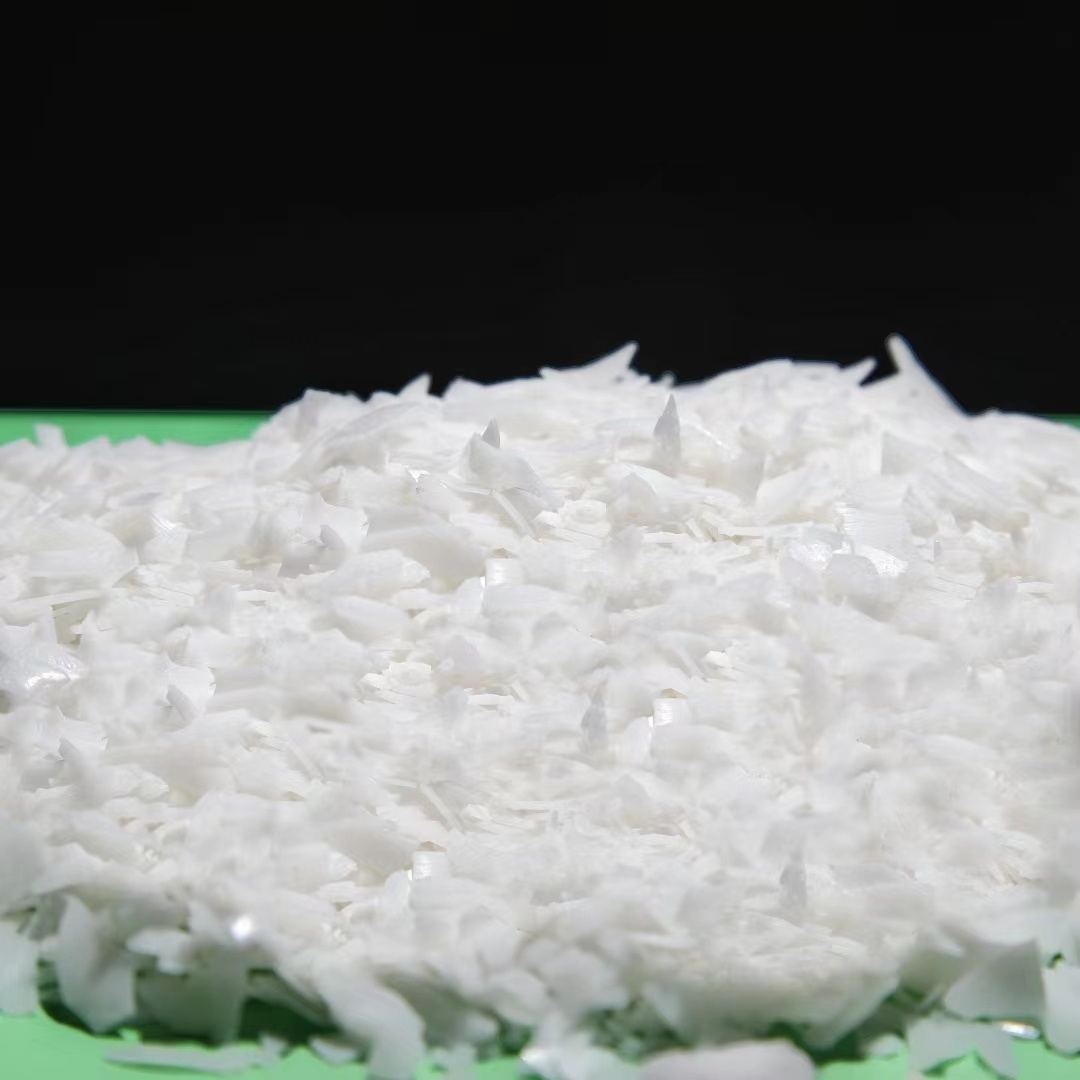Unlocking the Benefits of Oxidized Polyethylene Wax in Lubricants
Release time: 2025-07-12
Oxidized polyethylene wax (OPEW) is a specialized polymer that plays a significant role in various industrial applications, particularly in the lubricant sector. This wax is produced through the oxidation of polyethylene, resulting in a product with unique properties that set it apart from other waxes. As a surface-active agent, oxidized polyethylene wax is known for its ability to reduce friction, improve lubrication efficiency, and enhance the overall performance of different formulations.
One of the primary benefits of oxidized polyethylene wax is its excellent compatibility with a wide range of materials, including oils, greases, and other lubricants. This compatibility allows it to be effectively used as an additive, helping to improve the stability and viscosity of lubricant formulations. By incorporating OPEW into lubricant products, manufacturers can achieve a smoother texture and enhanced application characteristics, making it an invaluable ingredient in the development of high-performance lubricants.
Moreover, oxidized polyethylene wax is recognized for its superior emulsifying properties. This characteristic enables it to help blend oil and water-based components, creating stable emulsions that are essential for various industrial applications. The ability to create and maintain stable emulsions is crucial, especially in formulations where water resistance or moisture control is necessary. This makes OPEW particularly beneficial in automotive, industrial, and marine lubricants, where performance under varying conditions is vital.
Another noteworthy aspect of oxidized polyethylene wax is its thermal stability and resistance to oxidation. These properties allow it to maintain its effectiveness over time, even in challenging environments that involve high temperatures and reactive substances. Consequently, lubricants containing OPEW can demonstrate prolonged service life and enhanced reliability, which is a key consideration for both manufacturers and end-users alike.
In addition to its functional advantages, oxidized polyethylene wax also contributes to the overall aesthetic qualities of lubricant products. It can improve the appearance, texture, and application ease, leading to better consumer satisfaction. The versatility of OPEW makes it an excellent choice for formulators looking to differentiate their products in a competitive marketplace.
In conclusion, oxidized polyethylene wax is a multifaceted component that offers a range of benefits in the lubricant industry. Its compatibility, emulsifying abilities, thermal stability, and aesthetic contributions make it a valuable addition to various formulations. By understanding and leveraging the properties of OPEW, manufacturers can enhance the performance and quality of their lubricant products, ultimately leading to improved customer satisfaction and competitive advantage.
One of the primary benefits of oxidized polyethylene wax is its excellent compatibility with a wide range of materials, including oils, greases, and other lubricants. This compatibility allows it to be effectively used as an additive, helping to improve the stability and viscosity of lubricant formulations. By incorporating OPEW into lubricant products, manufacturers can achieve a smoother texture and enhanced application characteristics, making it an invaluable ingredient in the development of high-performance lubricants.
Moreover, oxidized polyethylene wax is recognized for its superior emulsifying properties. This characteristic enables it to help blend oil and water-based components, creating stable emulsions that are essential for various industrial applications. The ability to create and maintain stable emulsions is crucial, especially in formulations where water resistance or moisture control is necessary. This makes OPEW particularly beneficial in automotive, industrial, and marine lubricants, where performance under varying conditions is vital.
Another noteworthy aspect of oxidized polyethylene wax is its thermal stability and resistance to oxidation. These properties allow it to maintain its effectiveness over time, even in challenging environments that involve high temperatures and reactive substances. Consequently, lubricants containing OPEW can demonstrate prolonged service life and enhanced reliability, which is a key consideration for both manufacturers and end-users alike.
In addition to its functional advantages, oxidized polyethylene wax also contributes to the overall aesthetic qualities of lubricant products. It can improve the appearance, texture, and application ease, leading to better consumer satisfaction. The versatility of OPEW makes it an excellent choice for formulators looking to differentiate their products in a competitive marketplace.
In conclusion, oxidized polyethylene wax is a multifaceted component that offers a range of benefits in the lubricant industry. Its compatibility, emulsifying abilities, thermal stability, and aesthetic contributions make it a valuable addition to various formulations. By understanding and leveraging the properties of OPEW, manufacturers can enhance the performance and quality of their lubricant products, ultimately leading to improved customer satisfaction and competitive advantage.
 sales@feihengchem.com
sales@feihengchem.com
 +8615665855919
+8615665855919 中文
中文 English
English España
España











